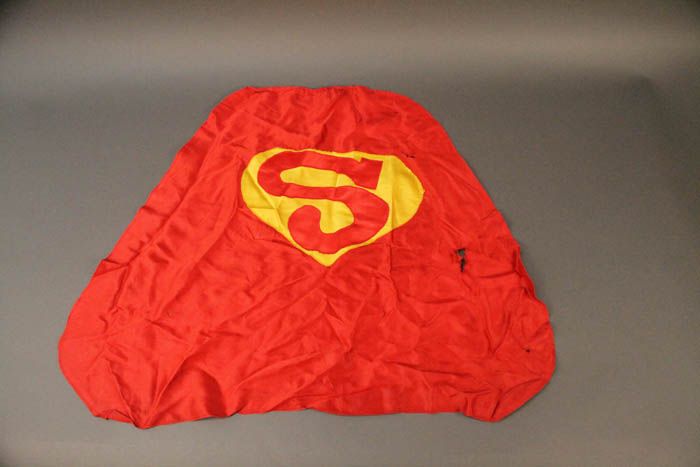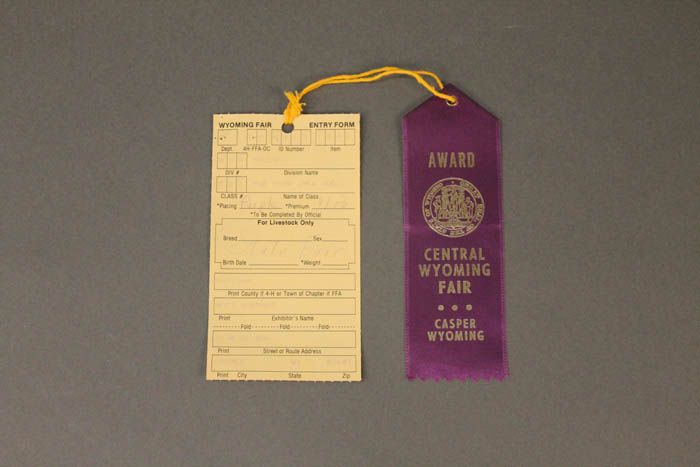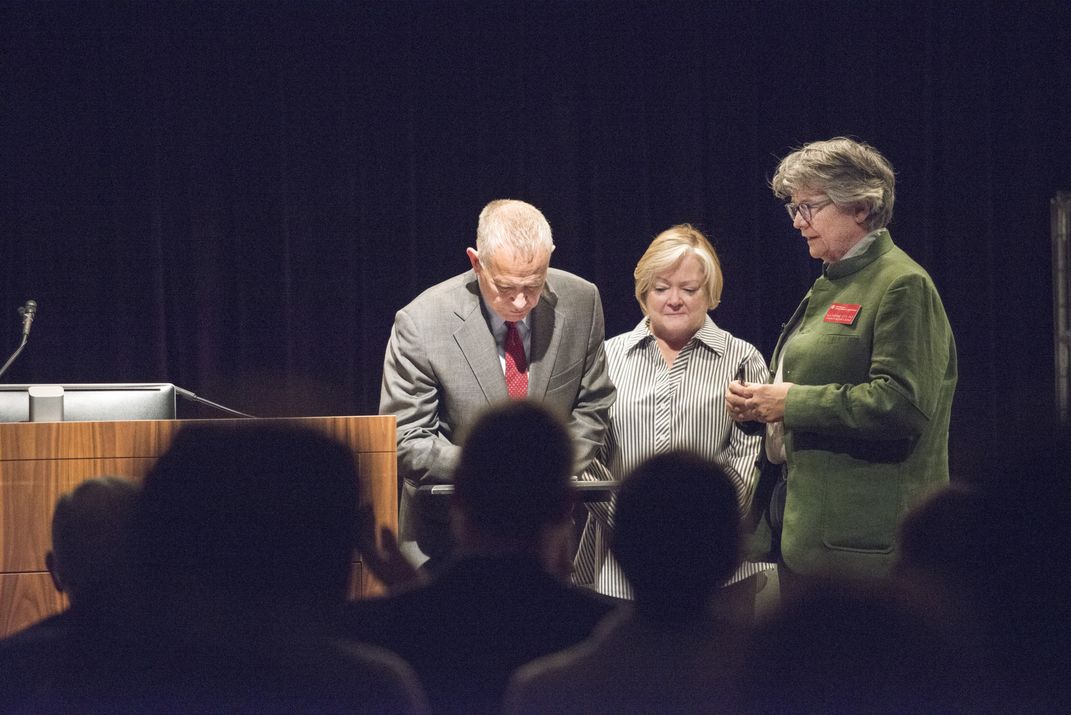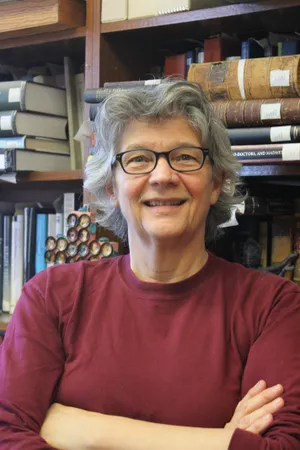NATIONAL MUSEUM OF AMERICAN HISTORY
Matt Shepard’s Objects at the Smithsonian Show Us the Familiarity of an Icon
Beyond the tragedy of how he died at 21, Matt Shepard is interesting because of so many familiar things about how he lived
:focal(242x246:243x247)/https://tf-cmsv2-smithsonianmag-media.s3.amazonaws.com/blogging/featured/New_Project.jpg)
In October 1998, a college student named Matt Shepard was brutally murdered in Laramie, Wyoming, by two young men. Matt was slight of build, 5'2", and gay. The two men who murdered him pretended to be gay in order to rob him. His killing made headlines around the world and resulted in an outpouring of grief and anger that people channeled into poetry, songs and musical compositions, movies, a charity foundation, a national Hate Crimes Prevention Act, and at least two plays, The Laramie Project and The Laramie Project: Ten Years Later.
Beyond the tragedy of how he died, Matt Shepard is of interest because of so many familiar things about how he lived for 21 years. Matt's parents recently entrusted the museum with materials related to his life. I have been piecing together a sense of him, 20 years later, through the things left to represent him, stories from his parents, and published accounts.

Is it possible to ever know which one person Matt was? He had many different kinds of friends and was still becoming himself. As a little boy in Wyoming, he was talkative and curious. He wore a Superman cape. In grade school, he was Dolly Parton for Halloween three years in a row. He camped and fished and hunted with his family and grandparents. He and his mother shared an interest in politics and culture. He liked to act and was regularly in theater productions. He was outgoing, friendly, and a kind friend who was aware of others more than many kids his age.

In a grade school fill-in-the-blank activity about emotional health, Matt wrote: "When someone you are talking to gives advice when you didn’t ask for it, it makes you feel sad like I look stuped or insecure. When someone you are talking to seems shocked or offended by something you've said, it makes you feel sorry, guilty. When someone you are talking to gazes around the room while you are talking to them, it makes you feel unimportant. What do you do? Stop talking and talk about something interesting to them." Later in the exercise, he wrote, "I am a person who likes people; I am a person who enjoys listening; I am a person who cares about the [well] being of others."
Matt is familiar in being unexceptional. He sometimes struggled in school due to a learning disability. He wore braces on his teeth for years. His story is familiar because he was young and restless and believed himself invincible.

During his senior year of high school, Matt and some friends went to Morocco. He went out alone one night and was jumped by three men who raped him. After that, he wore loose clothes to hide his body, he had nightmares, and he tried different anxiety medications, but took them inconsistently. He drank and had periods of depression and dropped out of college for a while. He struggled to get out from under the crushing weight of the attack. He had loyal and fierce friendships and a couple of boyfriends. He purchased a ring for his imagined future husband. By the time he enrolled at the University of Wyoming in September 1998, he seemed to be getting his life together—back in the West, demons corralled, near his family, focused on school.

There are many reasons that might have led to him to leave the Fireside Lounge in Laramie with two guys in a pickup truck that night. He was gay when being gay could make you especially vulnerable, and sometimes, when you are 21, you just do it. Then, as now, being LGBTQ can be joyful and fabulous as well as dangerous and a personal burden.
Twenty years on, reading through the stacks of condolence messages, thinking about the objects he left, remembering the thousands of lives he has influenced, and trying to make sense of his life does not bring a sense of peace or grace. It reminds me of how far the needle of history still needs to move to get people who are outside the box to a place of safety and acceptance.

This post was originally published on the National Museum of American History's blog on October 25, 2018. Read the original version here.
This post was originally published on the National Museum of American History's blog on October 25, 2018. Read the original version here.

